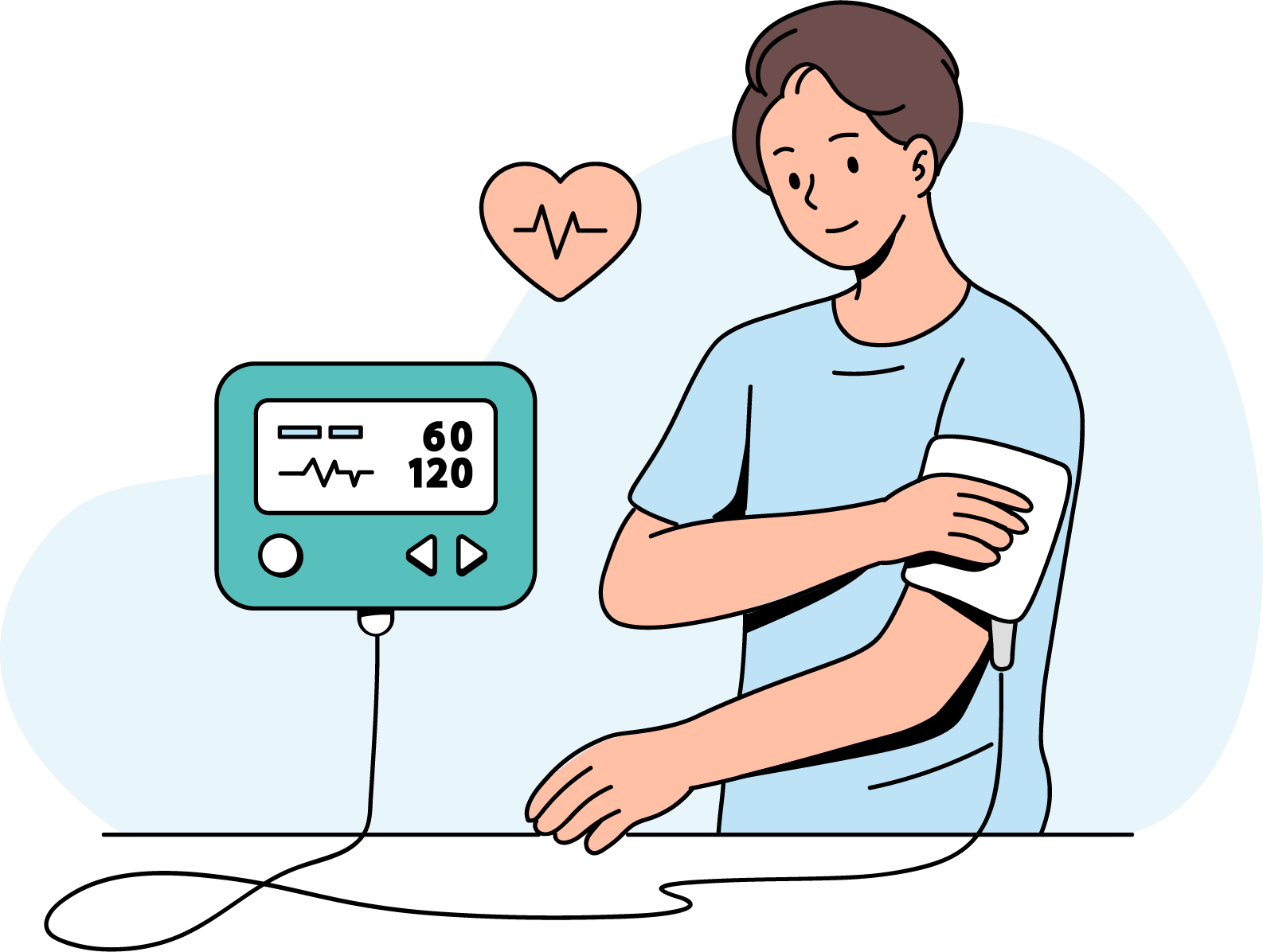Notifications
ALL BUSINESS
COMIDA
DIRECTORIES
ENTERTAINMENT
FINER THINGS
HEALTH
MARKETPLACE
MEMBER's ONLY
MONEY MATTER$
MOTIVATIONAL
NEWS & WEATHER
TECHNOLOGIA
TV NETWORKS
VIDEOS
VOTE USA 2026/2028
INVESTOR RELATIONS
COMING 2026 / 2027
ALL BUSINESS
COMIDA
DIRECTORIES
ENTERTAINMENT
FINER THINGS
HEALTH
MARKETPLACE
MEMBER's ONLY
MONEY MATTER$
MOTIVATIONAL
NEWS & WEATHER
TECHNOLOGIA
TV NETWORKS
VIDEOS
VOTE USA 2026/2028
INVESTOR RELATIONS
COMING 2026 / 2027
About Me
 Ailoitte Technologies
Ailoitte Technologies Modern AI chatbot development services include voice-enabled bots that can talk with users in a natural way. These bots use speech recognition to understand different accents and help users who prefer talking instead of typing. This is a big reason why many app development company teams and the top 10 healthcare development companies in USA are adding voice features to their chatbots.
Posted by - Ailoitte Technologies -
on - September 19, 2024 -
Filed in - Technology -
Healthcare #HRSoftware #mobileappdevelopment -
363 Views - 0 Comments - 0 Likes - 0 Reviews
The advent of digital technology has transformed countless industries, and healthcare is no exception. Digitalized healthcare, also known as e-health or mHealth, is revolutionizing the way patients and healthcare providers interact, leading to improved patient outcomes, increased access to care, and enhanced efficiency.
Key Components of Digitalized Healthcare
Benefits of Digitalized Healthcare

Challenges and Opportunities
Despite the many benefits of healthcare software development services, there are also challenges to overcome. These include:
However, these challenges also present opportunities for innovation and improvement. By addressing these issues, we can fully realize the potential of digitalized healthcare to transform the way we deliver and receive medical care.
In conclusion, digitalized healthcare is a powerful tool that can improve patient outcomes, increase access to care, and enhance efficiency. As technology continues to advance, we can expect to see even more innovative and transformative applications of digital health